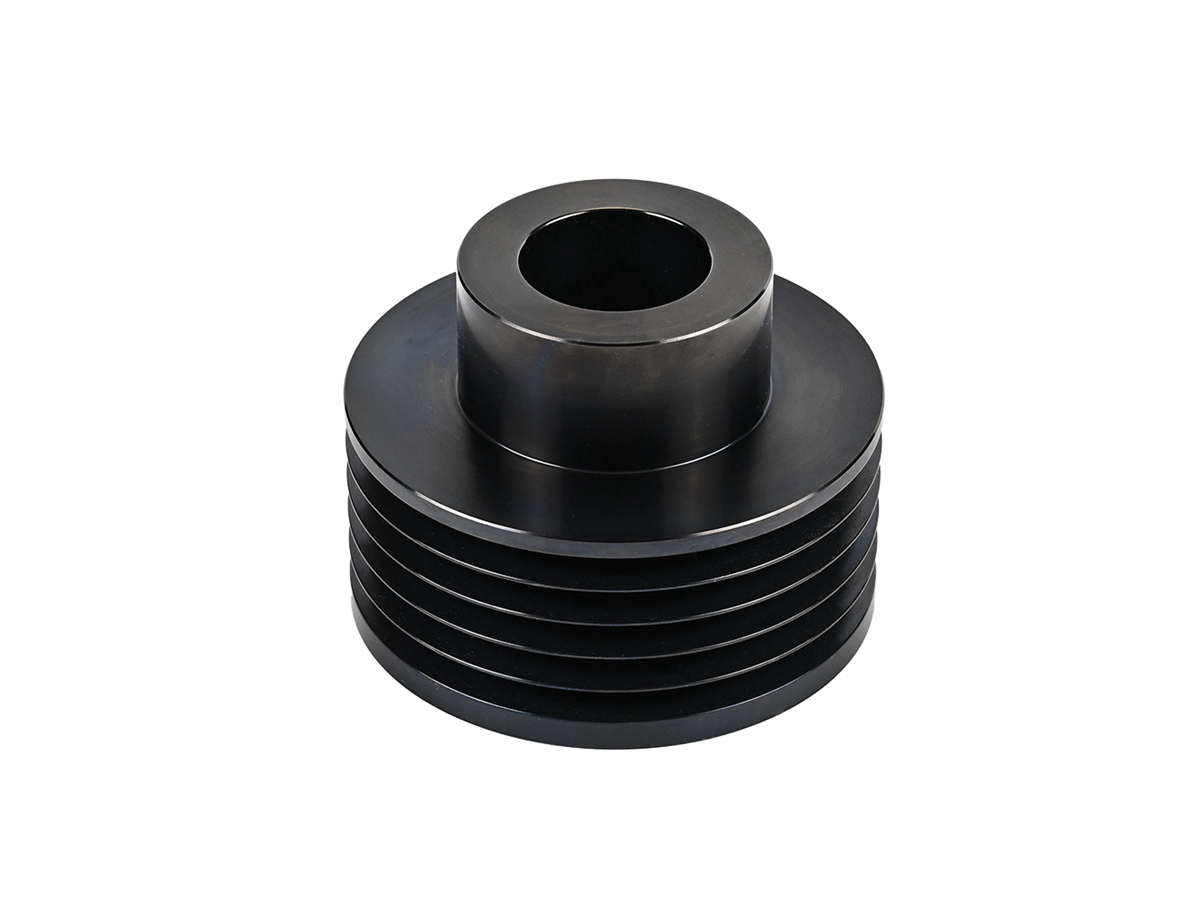Revolutionizing Oil and Gas Equipment: Case Studies in CNC Machined Superalloy Parts
Extreme Performance in Harsh Downhole Environments
The oil and gas industry demands materials capable of withstanding 20,000+ psi pressures, H₂S-rich environments, and temperatures exceeding 600°C. CNC machining services for superalloys enable components like valve bodies and drill bits to achieve ±0.005mm tolerances, critical for maintaining 98% operational uptime in sour gas fields. Superalloys constitute 40% of deepwater equipment due to their unparalleled corrosion resistance and fatigue strength.
The shift toward ultra-deep reservoirs (5,000m+) has driven demand for multi-axis CNC machining in nickel-based alloys. From Inconel 718 Christmas tree valves to Hastelloy C-276 downhole tools, precision machining reduces equipment failure rates by 70% while meeting API 6A/17D standards for critical well components.
Material Selection: Superalloys for Subsea and Downhole Challenges
Material | Key Metrics | Oil & Gas Applications | Limitations |
|---|---|---|---|
1,400 MPa UTS, 650°C operating temp | Blowout preventer rams, valve stems | Requires EDM drilling for small features | |
790 MPa UTS, PREN >65 | Downhole sensors, wellhead seals | High tool wear rates during machining | |
1,100 MPa yield strength, 30% elongation | Marine riser components | Sensitive to work hardening | |
1,000 MPa creep strength @760°C | Turbine exhaust components | Requires post-machining aging |
Material Selection Protocol
High-Pressure Valve Systems
Rationale: Inconel 718 maintains 1,100 MPa yield strength at 400°C, with PVD CrN coatings reducing erosion by 80% in choke valves.
Sour Gas Environments
Logic: Hastelloy C-276 resists H₂S concentrations up to 20% at 200°C when machined to Ra 0.4μm surface finish.
Saltwater Corrosion Zones
Strategy: Monel K500 with electroless nickel plating withstands 10+ years in seawater at 5m/sec flow rates.
CNC Machining Process Optimization
Process | Technical Specifications | Oil & Gas Applications | Advantages |
|---|---|---|---|
0.005mm positional accuracy, 15,000 RPM | Complex valve bodies | Single-setup machining of 72 HRC materials | |
40xD aspect ratio, 0.01mm straightness | Mud motor stators | Maintains 0.03mm/m bore alignment | |
200 m/min feed rate, 0.2mm chip load | Turbine blade profiles | Reduces cycle time by 45% | |
API 5B/7-1 threads, 0.003mm pitch error | Premium casing connections | Achieves 10,000+ make/break cycles |
Process Strategy for Subsea Valve Manufacturing
Rough Machining: Ceramic inserts remove 85% of the material from Inconel 625 forgings.
Stress Relief: 620°C aging per AMS 5662 eliminates residual stresses.
Finish Machining: CBN tools achieve Ra 0.2μm on sealing surfaces.
Surface Treatment: HVOF WC-CoCr coating was applied for sand erosion resistance.
Surface Engineering: Combatting Extreme Conditions
Treatment | Technical Parameters | Oil & Gas Benefits | Standards |
|---|---|---|---|
0.3mm case depth, 1,200 HV | Extends drill bit life by 3x | API 7-1 | |
50μm thickness, μ=0.08 | Reduces valve operating torque by 40% | NACE MR0175 | |
Inconel 625 overlay, 2.5mm thickness | Repairs corroded wellhead components | ASME B&PV Section IX | |
50μm Type III, 500 HV | Protects aluminum buoyancy modules | MIL-A-8625 |
Coating Selection Logic
Sand Erosion Zones
Solution: HVOF WC-10Co4Cr coatings achieve <0.1mm/year erosion rates in 30% sand-laden flows.
Hydrogen Embrittlement Areas
Method: Electroless Ni-B plating prevents hydrogen diffusion in Monel K500 riser joints.
Quality Control: Oilfield Certification
Stage | Critical Parameters | Methodology | Equipment | Standards |
|---|---|---|---|---|
Material Certification | Ni: 50-55%, Cr: 17-21% (Inconel 625) | OES analysis | SPECTROMAXx | API 6A |
NDT | 0.1mm crack detection | Phased array UT | Olympus Omniscan MX2 | ASME V Article 4 |
Pressure Testing | 25,000 psi burst pressure | Hydrostatic test bench | Viatran 6800HP | API 16A |
Corrosion Testing | 720h H₂S exposure @1.5bar | Autoclave testing | Cortest Vessel Systems | NACE TM0177 |
Certifications:
API Q1/ISO 9001 with Cpk ≥1.33 for critical dimensions.
NACE MR0103 compliant sour service machining.
Industry Applications
Subsea Valves: Inconel 718 + 5-axis machining (±0.005mm).
Drill Collars: Hastelloy C-276 with plasma nitriding (0.3mm case).
Christmas Trees: Monel K500 + Ni-PTFE coating (μ=0.06).
Conclusion
Precision superalloy CNC machining services extend equipment lifespan by 200% in extreme oilfield conditions while meeting API 20E traceability requirements. Integrated one-stop manufacturing reduces lead times by 35% for API-certified components.
FAQ
Why choose Inconel over carbon steel in sour gas applications?
How does plasma nitriding enhance drill bit performance?
What certifications are critical for oilfield components?
Can CNC machining achieve API-spec thread tolerances?
How to validate H₂S resistance in machined parts?

